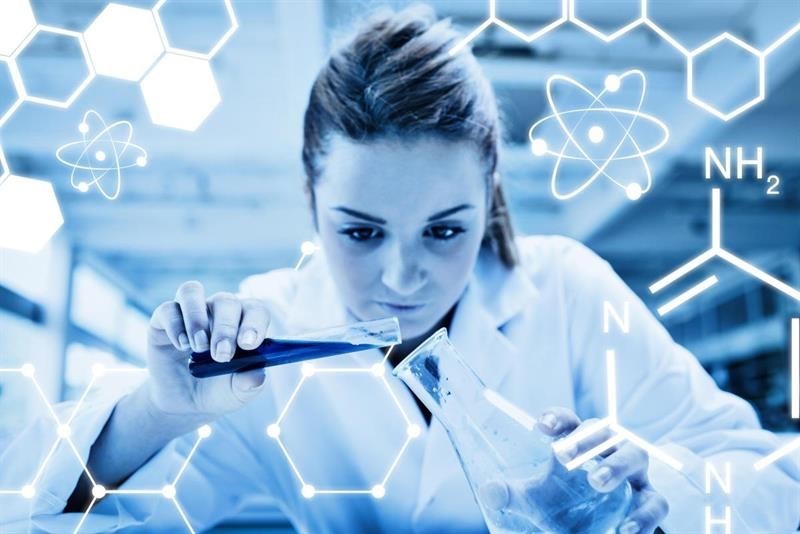Computational chemistry is a modern way to obtain the necessary chemical compounds from IBM

IBM decided to use its resources not only to create cloud services and related products. The other day it became known that the company's specialists were able to develop a modern way of obtaining the necessary chemical compounds, calling it "computational chemistry." Ideally, scientists want to achieve the possibility of obtaining a chemical compound, the properties of which are set in advance. Now active work is being done in this direction, and the new method has already helped to create a new type of polymer - it is stronger than human bone, self-healing, plus it can be processed without problems.
The technology emerged as a result of combining elements of materials science and the capabilities of the IBM cognitive system. This is how “computational chemistry” was developed, which allows speeding up the development of new materials while simultaneously simulating reactions leading to the creation of a compound with predetermined properties.
"Despite the fact that modern industrial chemistry has succeeded in creating highly efficient compounds, the process of designing and developing such materials is still not perfect," said James Hedrick, a representative of the IBM Research team. “Now we can predict how the molecules will react with this or that substance, and create new polymers with modeling of the initial properties,” the scientist continues.
')
Usually new connections are developed by trial and error. Scientists, creating something, then check the properties of the new material in the laboratory. Test results are used for new development. And such cycles can be quite a lot. In the case of "computational chemistry," the number of development cycles is significantly reduced, saving time of scientists, resources and financial resources.
At the same time, “computational chemistry” can help not only to develop polymers, but also to accelerate progress in such an important area as the semiconductor industry. It is also expected to accelerate production processes and reduce costs. With regard to new polymers, here we can expect the emergence of cheaper and more durable materials that can be completely recycled if necessary. Even existing polymers can be improved by improving their structure. As a result, the polymer becomes 50% stronger and lighter — at least, that’s what the scientists say.
Restrictions
Polymers have many limitations in terms of scope. Very many materials of this type are incompatible with high / low temperatures, other substances, etc.
In addition, in many cases, polymers are not amenable to processing. They must not be exposed to heat or some other processes. As a result, many of them end up in toxic waste sites.
Opening IBM, as mentioned above, allows you to set the desired material properties. And as an example, compatibility with the recycling process can be established.
Custom process
Polymers (in any case, most) are created in condensation reactions, where the molecules are connected in long chains. This leaves small molecules of by-products, such as water or alcohol.

The process of creating a polymer is very flexible, and can be customized by adding or removing factors like high / low temperature, pressure, humidity, etc. As a result, experts seek to obtain polymers with different properties.
Self-healing
Probably one of the most desirable qualities of a polymer is its ability to heal itself. When the polymer is physically damaged, the bonds between the molecules begin to gradually recover, and the damage "heals".
Polymers of this kind can be used as fillers / adhesives. According to experts, you can create both solid polymers and polymers in the form of gels.
Source: https://habr.com/ru/post/274197/
All Articles